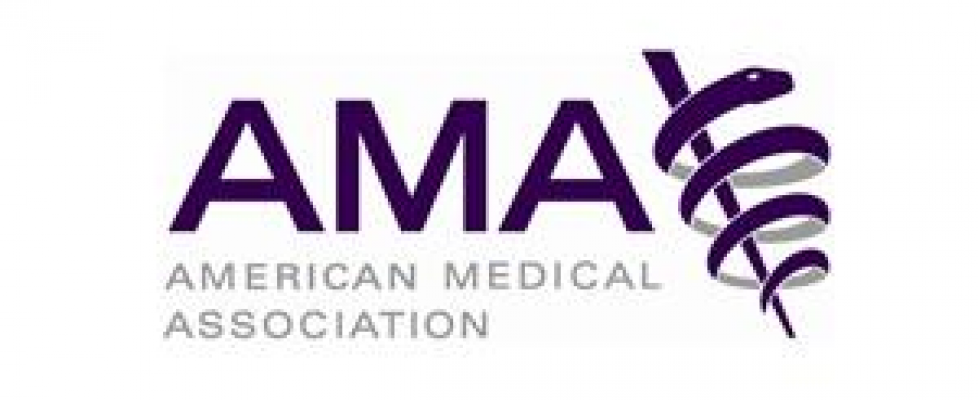AMA Releases 2020 CPT® code set
CHICAGO —The American Medical Association (AMA) today announced the release of the 2020 Current Procedural Terminology (CPT®) code set containing identifiers and descriptors assigned to each medical, surgical, and diagnostic services available to patients. Trusted since 1966 as the health system’s common language, the CPT code set enables accurate reporting, measurement, analysis, and benchmarking of medical services and procedures across the nation’s entire health care system.
“An annual editorial process draws insight from the entire health care community to produce practical code enhancements to CPT that support advancements in technology and medical knowledge available for the care of patients,” said AMA President Patrice A. Harris, M.D., M.A. “This capacity ensures reliable codes are available for burgeoning tech-enabled services and affirms CPT as the trusted code set for efficiently sharing accurate information about medical services and procedures. That’s why we believe CPT serves both as the language of medicine today and the code to its future.”
There are 394 code changes in the 2020 CPT code set, including 248 new codes, 71 deletions, and 75 revisions. In making these updates, the CPT Editorial Panel considered broad input from physicians, medical specialty societies and the greater health care community.
Among this year’s important additions to CPT are new medical services sparked by novel digital communication tools, such as patient portals, that allow health care professionals to more efficiently connect with patients at home and exchange information. CPT has responded by adding six new codes to report online digital evaluation services, or e-visits. These codes describe patient-initiated digital communications provided by physician or other qualified health care professional (99421, 99422, 99423), or a non-physician health care professional (98970, 98971, 98972).
Other coding additions to CPT were prompted to better support home blood pressure monitoring that aligns with current clinical practice. CPT added codes (99473, 99474) to report self-measured blood pressure monitoring. The goal of these codes is to expand reporting pathways for physicians across the country who take care of a diverse set of patients that have varying degrees of access to care.
“With the advance of new technologies for e-visits and health monitoring, many patients are realizing the best access point for physician care is once again their home,” said Dr. Harris. “The new CPT codes will promote the integration of these home-based services that can be a significant part of a digital solution for expanding access to health care, preventing and managing chronic disease, and overcoming geographic and socioeconomic barriers to care.”
Additional CPT changes for 2020 include the new codes for health and behavior assessment and intervention services (96156, 96158, 96164, 96167, 96170 and add-on codes 96159, 96165, 96168, 96171). These codes replace six older codes to more accurately reflect current clinical practice that increasingly emphasizes interdisciplinary care coordination and teamwork with physicians in primary care and specialty settings.
One of this year’s largest application expansions to the CPT code set was the result of significant enhancement in the codes for reporting long term electroencephalographic (EEG) monitoring services (95700-95726). These important services monitor the electrical activity of the brain and are critical to the diagnosis of patients with epilepsy. Four older codes were deleted to make way for 23 new codes that provide better clarity around the services reported by a technologist, a physician, or another qualified health care provider.
New CPT category I codes are effective for reporting as of Jan. 1, 2020. To assist the health care system in an orderly annual transition to a new CPT code set, the AMA releases each new edition four months ahead of the Jan. 1 operational date and develops an insider’s view with detailed information on the new code changes.
The AMA invites the health care community to learn more about the significant changes to CPT codes and descriptors by attending the CPT and RBRVS 2020 Annual Symposium in Chicago from Nov. 19-22, 2019. For additional information and registration, please visit the AMA website.
The 2020 CPT codes and descriptors can be imported straight into existing claims and billing software using the downloadable CPT 2020 Data File. The file contains the updated code set’s complete descriptor package, including official descriptors for consumers and physicians, and the complete official CPT coding guidelines.

